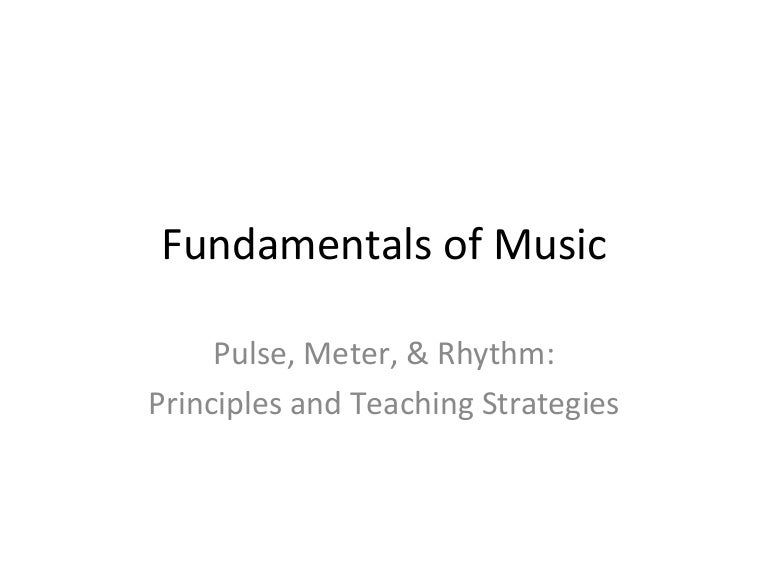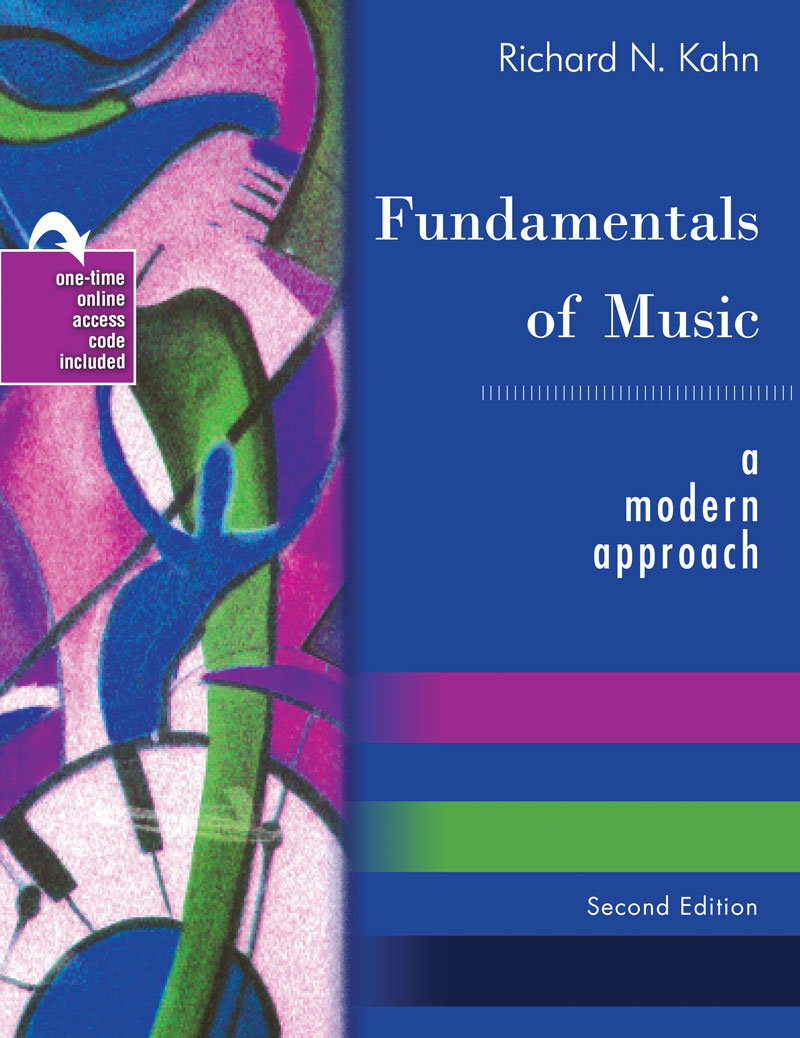


At its simplest definition, muscle memory is the repetition of a motor skill until it no longer requires conscious effort to perform. The most common ideas about the physical element that I hear center around the concept of muscle memory. With that in mind, let’s discuss a few ideas that can move us from a physical understanding of our body to a somatic one, where the body is experienced from within. One could argue this is just semantics, but I believe these semantics get at the heart of our misconceptions about our body as an expressive instrument and what we can do to overcome them and find a truer and more fulfilling vision. The physical aspect of the dance is not about putting something into the body it is about encouraging something to arise from the body. Musicality is not a somatic therapy (or is it?!), but defining somatic as the body experienced from within makes it the perfect name for this element. What does somatic mean? In Somatic Psychology: Body, Mind and Meaning, Linda Hartley tells us that “he Greek word soma is defined as ‘the body experienced from within’ and reflects the efforts of modern bodywork practitioners and somatic movement therapists to move away from the dualistic splitting of mind from body, towards a model of integrated functioning of the whole person, psyche and soma.” This creates a disconnect between the other four elements and the physical dance experience.įor the past couple years I’ve been doing a lot of research on somatic therapies, and I’ve been impressed with how their work sheds light on the way we experience and learn movement. Over the course of years of thinking, studying, teaching, and researching, I have come to believe that our culture’s lack of awareness of our physicality leads to a poor vision of the physical element of musicality even in experienced dancers.

To agree that there is a physical element to musicality doesn’t usually take much convincing, but there are lots of misconceptions about how this physical element works, leading to frustrations over unfulfilled musicality. So developing greater skill and technique is essential to bringing the other elements (creative, emotional, relational, and improvisational) into alignment with the physical dance experience. Many dancers struggle with musicality not for lack of musical feelings but for difficulty translating those feelings into a physical reality. Without it, musical dancing won’t happen even if a person hears and feels a lot in the music. A bodily command of placement, balance, and timing within this movement system is required for musicality to be fulfilled in the form of tango, salsa, swing, or any other dance. In Part 2, I established that although dancing takes advantage of natural associations between sound and movement, each dance is a cultural form that is expressed physically through a specific movement system. The Five Elements of Musicality, Part 4: The Somatic Element


 0 kommentar(er)
0 kommentar(er)
